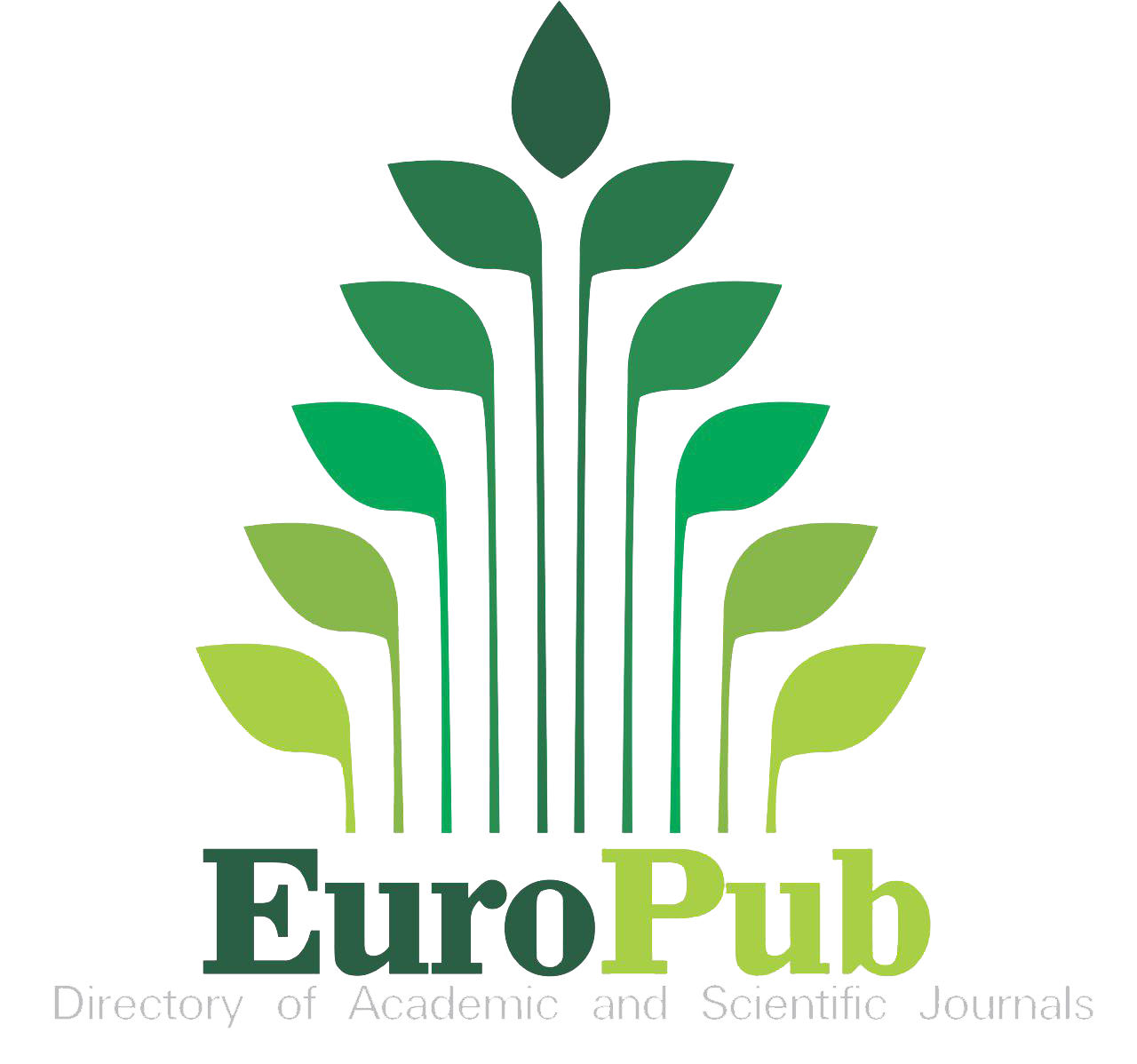Cost Stickiness in the local governments of Santa Catarina
DOI:
https://doi.org/10.16930/2237-766220213148Keywords:
Cost behavior, Cost stickiness, Asymmetry of costs, Public costs, Local governmentAbstract
Asymmetric cost behavior took a new approach, starting in 2003, with the emergence of the Cost Stickiness Theory (CST) and, since it is something recent, there are still doubts regarding its application in the public sector. In this sense, this study aims to analyze the behavior of costs in local governments in Santa Catarina, from the cost stickiness perspective. This is an empirical, quantitative, and documentary study that uses the population of 295 municipalities in Santa Catarina during the 20-year period, whose transposition of the analysis model was adapted for the public sector. We grouped the costs in blocks, with the proposition of nine regression models with panel data, of which, eight corroborate the cost stickiness phenomenon. Still, the results indicate similarity with the flypaper phenomenon, typical of the public sector, which uses part of the recipe to calculate the asymmetry, in which of the three types of analyzes performed, the use of the recipe is linked to the one that resulted in the highest sticky. Finally, it offers subsidies for the application of CST to the public sector, even in the case of a typical phenomenon of for-profit entities, and concludes that, with the use of fractional revenue (as well as in the phenomenal flypaper) for local governments of Santa Catarina, the behavior of costs appears to be stickier.
References
Anderson, M. C., Banker, R. D., & Janakiraman, S. N. (2003). Are selling, general, and administrative costs “sticky”? Journal of accounting research, 41(1), 47-63. https://doi.org/10.1111/1475-679X.00095 DOI: https://doi.org/10.1111/1475-679X.00095
Barbetta, P.A. (2011). Estatística aplicada às Ciências Sociais. (7a. ed.) Florianópolis: UFSC.
Bracci, E., Humphrey, C., Moll, J., & Steccolini, I. (2015). Public sector accounting, accountability and austerity: more than balancing the books? Accounting, Auditing & Accountability Journal, 28(6), 878-908. https://doi.org/10.1108/AAAJ-06-2015-2090 DOI: https://doi.org/10.1108/AAAJ-06-2015-2090
Gamkhar, S., & Oates, W. (1996). Asymmetries in the response to increases and decreases in intergovernmental grants: some empirical findings. National tax journal, 49(4), 501-512. DOI: https://doi.org/10.1086/NTJ41789223
Gennari, E., & Messina, G. (2014). How sticky are local expenditures in Italy? Assessing the relevance of the “flypaper effect” through municipal data. International tax and public finance, 21(2), 324 -344. https://doi.org/10.1007/s10797-013-9269-9 DOI: https://doi.org/10.1007/s10797-013-9269-9
Gujarati, D. (2006). Econometria Básica. (4a. ed.) Rio de Janeiro: Elsevier.
Helden, J. V., & Uddin, S. (2016). Public sector management accounting in emerging economies: a literature review. Critical Perspectives on Accounting, 41, 34-62. https://doi.org/10.1016/j.cpa.2016.01.001 DOI: https://doi.org/10.1016/j.cpa.2016.01.001
Hosomi, S., & Nagasawa, S. (2018). Empirical study on asymmetric cost behavior: analysis of the sticky costs of local public enterprises. Asia-Pacific Management Accounting Journal (APMAJ), 13(2), 55-82.
Instituto Brasileiro de Geografia e Estatística (IBGE). (2019). Sistema Nacional de índices de Preço ao Consumidor. Índice Nacional de Preços ao Consumidor Amplo – IPCA e Índice Nacional de Preços ao Consumidor – INPC. Recuperado de https://sidra.ibge.gov.br/pesquisa/snipc.
Kandil, M. (2001). Asymmetry in the effects of US government spending shocks: Evidence and implications. The Quarterly Review of Economics and Finance, 41(2), 137-165. https://doi.org/10.1016/S1062-9769(00)00066-1 DOI: https://doi.org/10.1016/S1062-9769(00)00066-1
Lago-Penãs, S. (2008). Local governments asymmetric reactions to grants: causes and consequences. Public Finance Review, 36(2), 219-235. https://doi.org/10.1177/1091142107299596 DOI: https://doi.org/10.1177/1091142107299596
Levaggi, R., & Zanolla, R. (2003). Flypaper effect and sluggishness: evidence from regional health expenditure in Italy. International Tax and Public Finance, 10, 535-547. https://doi.org/10.1023/A:1026118222901. DOI: https://doi.org/10.1023/A:1026118222901
Medeiros, O. R., Costa, P. S., & Silva, C. A. T. (2005). Testes empíricos sobre o comportamento assimétrico dos custos nas empresas brasileiras. Revista Contabilidade e Finanças, 16(38), 47-56. https://doi.org/10.1590/S1519-70772005000200005 DOI: https://doi.org/10.1590/S1519-70772005000200005
Portaria MOG nº 42, de 14 de abril de 1999 (1999). Atualiza a discriminação da despesa por funções de que tratam o inciso I, do § 1º, do artigo 2º, e § 2º, do artigo 8º, ambos da Lei nº 4.320, de 17 de março de 1964; estabelece os conceitos de função, subfunção, programa, projeto, atividade, operações especiais, e dá outras providências. Brasília, DF. Recuperado de https://www.legisweb.com.br/legislacao/?id=182092
Richartz, F., & Borgert, A. (2020). Fatores explicativos para o comportamento assimétrico dos custos das empresas listadas na B3. Revista Universo Contábil, 16 (3). https://doi:10.4270/ruc20203XX
Sakurai, S. N. (2013). Efeitos assimétricos das transferências governamentais sobre os gastos públicos locais: evidências em painel para os municípios brasileiros. Pesquisa e Planejamento Econômico, 43(2), 309-332.
Santos, R. S., Ribeiro, E. M., Ribeiro, M. M., & Pinto, F. L. B. (2017). Administração política e políticas públicas: em busca de uma nova abordagem teórico-metodológica para a (re)interpretação das relações sociais de produção, circulação e distribuição. Cadernos EBAPE.BR, 15(4), 939-959. http://dx.doi.org/10.1590/1679-395155017. DOI: https://doi.org/10.1590/1679-395155017
Suzart, J. A. S. (2012). Sistema federal brasileiro de custos: uma análise comparativa à luz das recomendações da IFAC. Revista de Gestão, Finanças e Contabilidade, 2(3), 39-55.
Suzart, J. A. S., Zuccolotto, R., & Rocha, D.G. (2018). Federalismo fiscal e as transferências intergovernamentais: um estudo exploratório com os municípios brasileiros. Advances in Scientific and Applied Accounting, 11(1), 127-145. http://dx.doi.org/10.14392/asaa.2018110107 DOI: https://doi.org/10.14392/asaa.2018110107
Volden, C. (1999). Asymmetric effects of intergovernmental grants: analysis and implications for U.S. welfare policy. Publius: the journal of federalism, 29(3), 51-73. https://doi.org/10.1093/oxfordjournals.pubjof.a030037 DOI: https://doi.org/10.1093/oxfordjournals.pubjof.a030037
Wu, T. C., Young, C., Yu, C. & Hsu, H. (2020). Are governmental expenditures also sticky? Evidence from the operating expenditures of public schools. Applied Economics, 52(16), 1763-1776. https://doi.org/10.1080/00036846.2019.1678731 DOI: https://doi.org/10.1080/00036846.2019.1678731
Published
How to Cite
Issue
Section
License
Copyright (c) 2021 Revista Catarinense da Ciência Contábil

This work is licensed under a Creative Commons Attribution 4.0 International License.
The copyright for articles published in this journal belongs to the author (s), with first publication rights assigned to Revista Catarinense da Ciência Contábil. Due to appearing in this publicly accessible journal, articles are free to use, with mandatory recognition of the original authorship and initial publication in this magazine and for educational and non-commercial applications. The magazine chose to use published works for non-commercial purposes, including the right to submit or work for publicly accessible databases. The content of published articles is the sole and exclusive responsibility of the authors. - The author (s) authorize (s) a publication of the article in the journal; - The author (s) guarantee (s) that a contribution is original and unpublished and that it is not being evaluated in another magazine (s); - A magazine is not responsible for the opinions, ideas and concepts emitted in the texts, for the full responsibility of the author (s); - It is reserved to the editors or the right to make textual adjustments and to adjust the article to the publication rules.
This work is licensed under a Creative Commons Atribuição-NãoComercial-CompartilhaIgual 4.0 Internacional.










